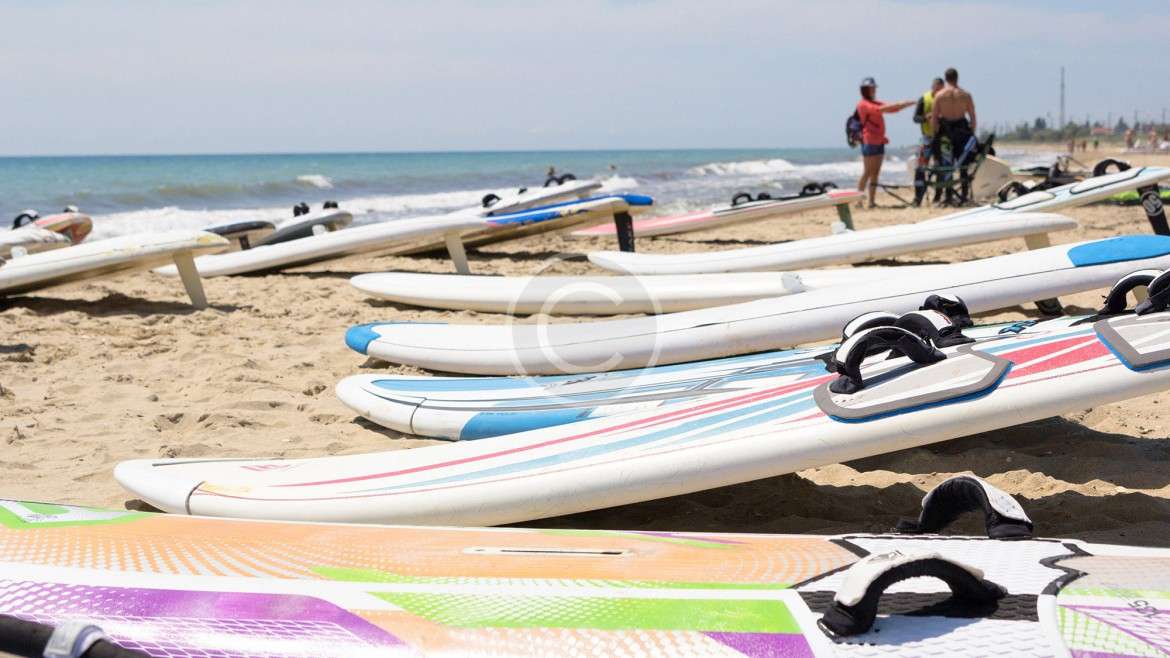Whether you’re just starting out or looking to refine your technique, learning how to effectively turn and control your speed on a surfboard is essential for progressing as a surfer. Below is a professional guide to help you build confidence and control on the waves.
Turning on a Surfboard
Turning is all about shifting your weight and using your body to guide the board’s direction.
- Eye and Head Movement:
Always look where you want to go. Your board will naturally follow the direction of your eyes and head. - Shift Your Weight:
To turn right (frontside for regular-footed surfers), gently lean your weight onto your toes.
To turn left (backside), shift your weight to your heels. Use your shoulders and hips to guide the movement. - Use Your Rails:
Engaging the rails of the surfboard (the sides) helps you carve effectively. Apply gentle pressure with your feet to dig the rail into the wave face. - Keep a Low Stance:
A low, balanced stance improves stability and control. Bend your knees and maintain a strong posture to stay agile.
Slowing Down on a Surfboard
Controlling speed is crucial for staying in the pocket of the wave and avoiding wipeouts.
- Shift Your Weight Back:
Move your weight slightly toward the tail of the board. This increases drag and slows you down. - Angle Higher on the Wave:
Climbing higher up the wave face naturally reduces speed. Use gentle turns to reposition yourself. - Apply Gentle Pressure on the Tail:
By applying pressure on the back foot, you create resistance that slows the board. Be smooth to maintain balance. - Use a Cutback:
This maneuver allows you to turn back toward the breaking part of the wave, reducing your forward momentum and keeping you in the critical section.
Final Tips
Practice in small to medium surf until you’re confident.
Watch experienced surfers and observe their technique.
Don’t be afraid to fall — it’s part of the learning process.


Add Your Comment